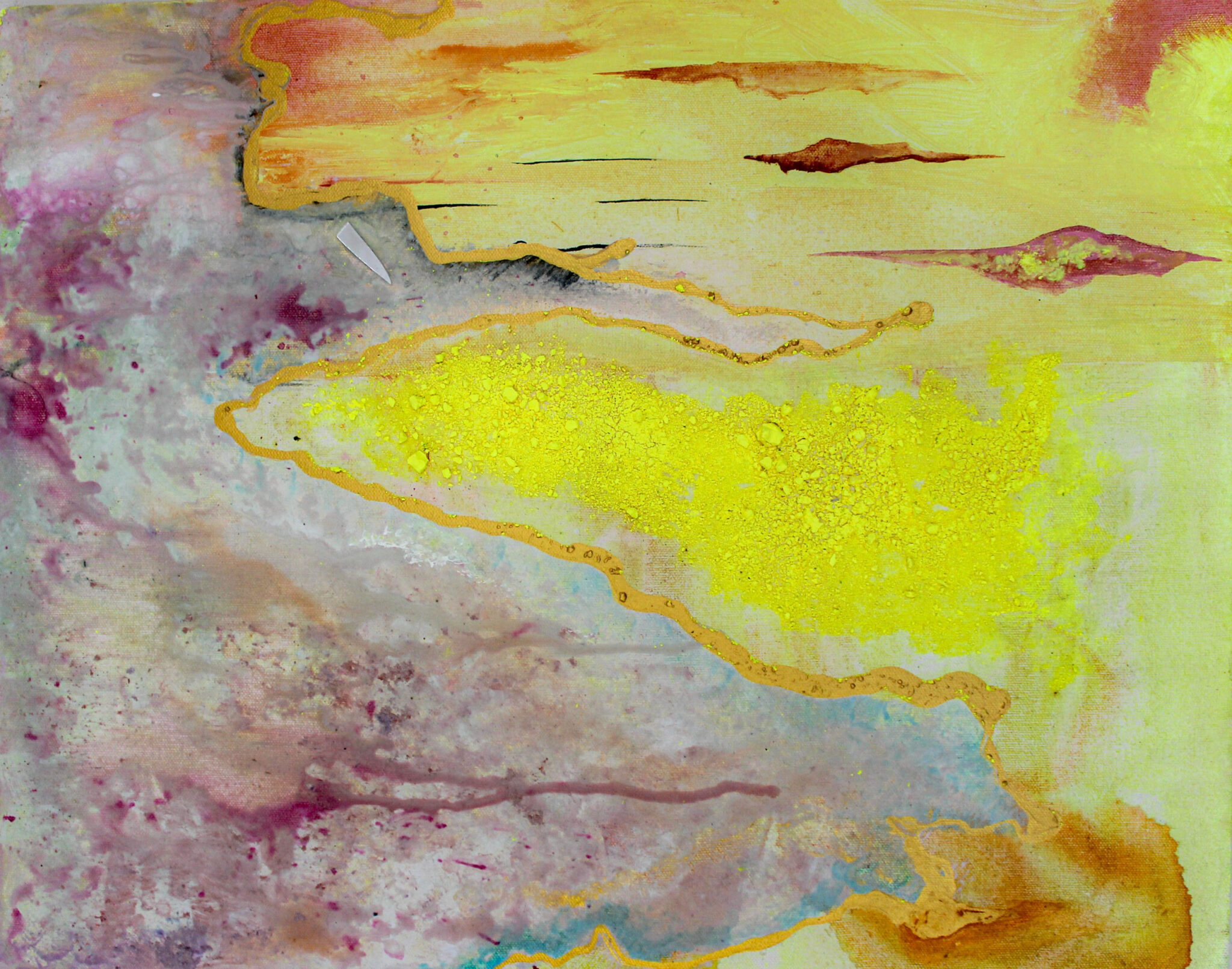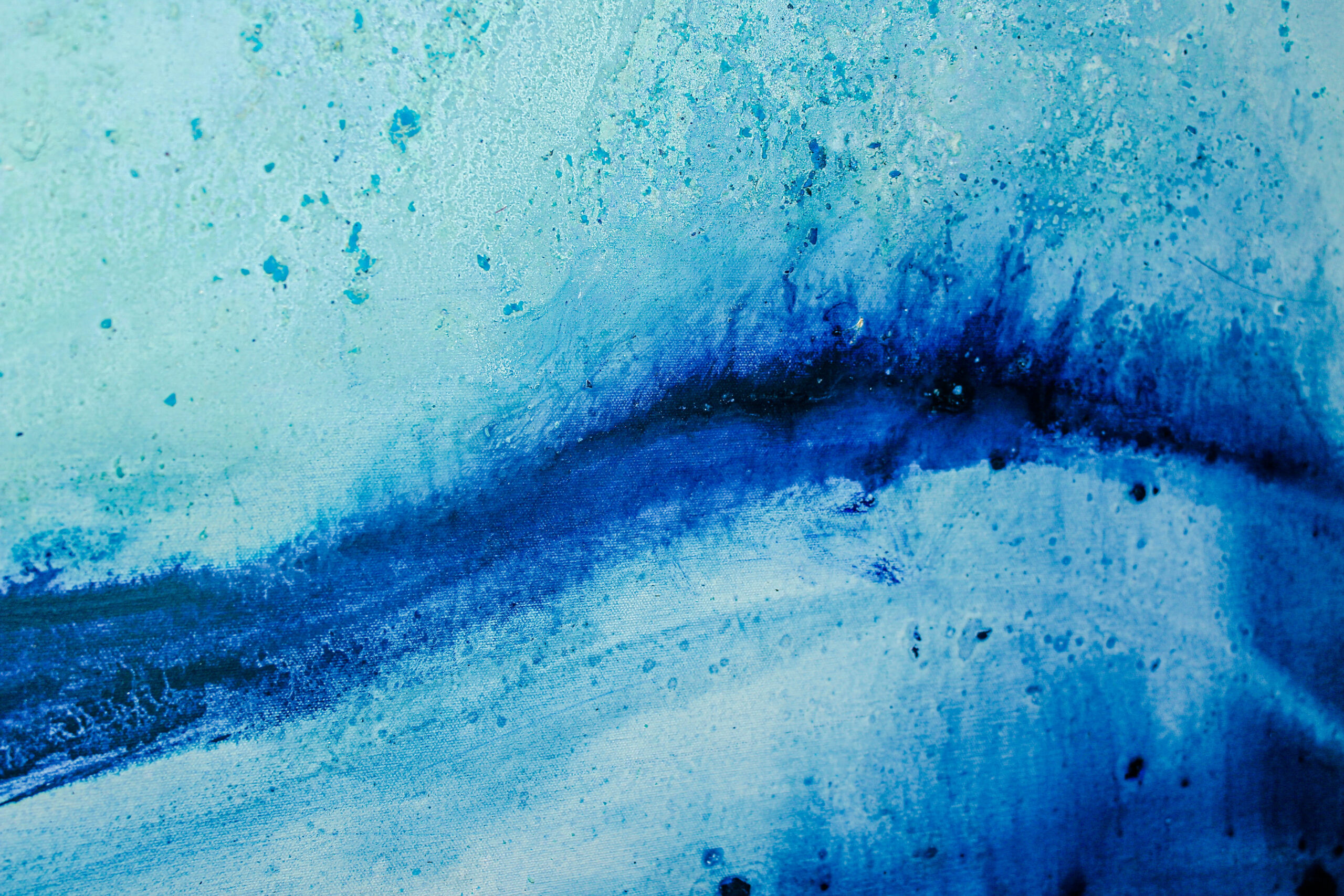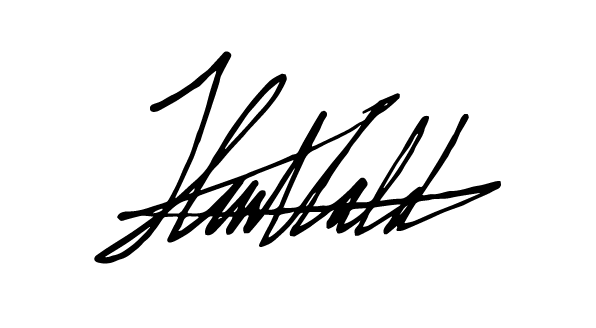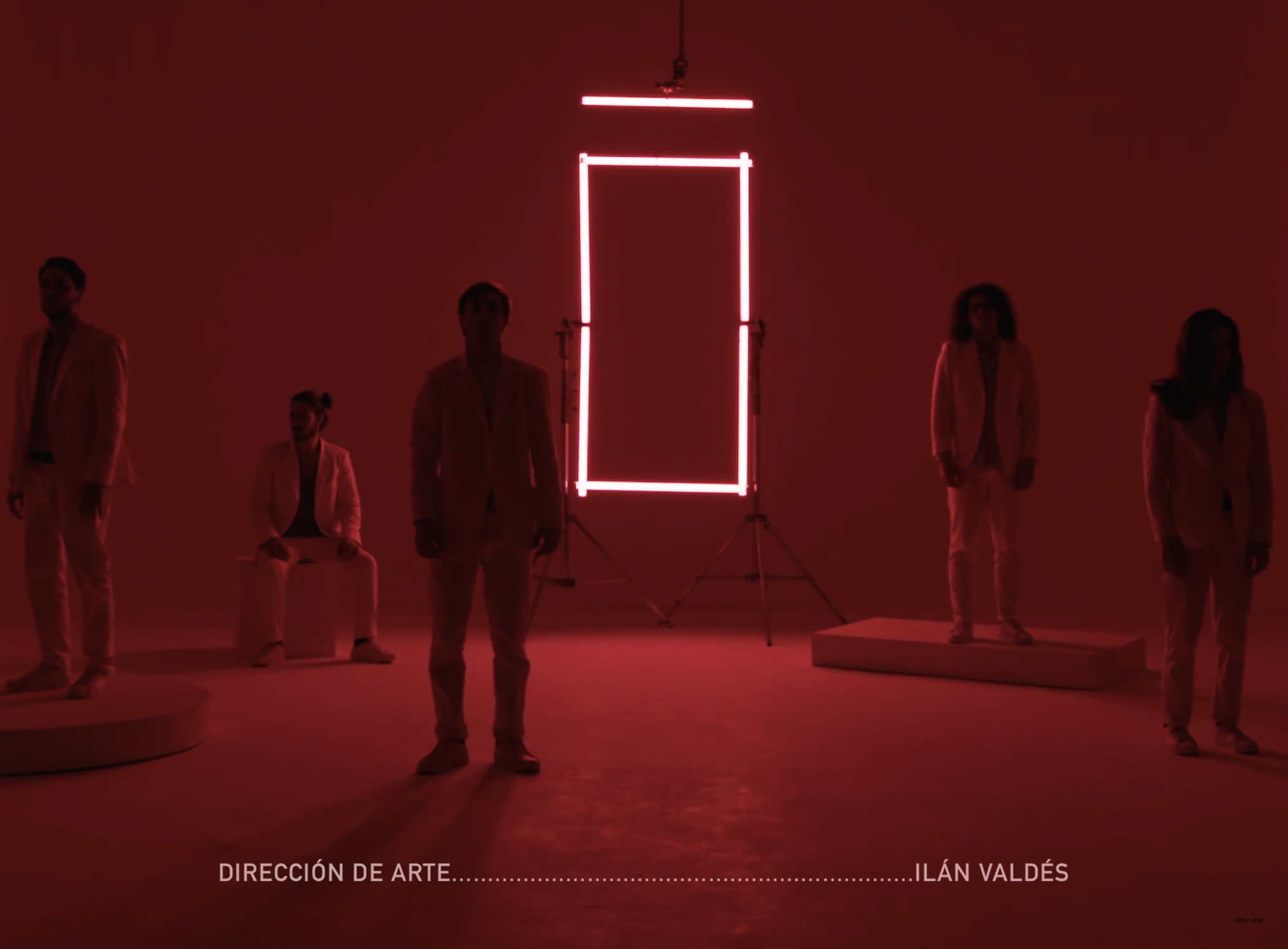VISUAL PRACTICE
PHOTOGRAPHY
Ilán Valdés’s photographic practice is a constellation of experimental methods, philosophical inquiry, and emotional portraiture. It is less about capturing an image and more about refracting it – breaking it open to reveal what lies beneath the surface. His work is informed by both analog processes and digital manipulation, often incorporating polarizing lenses, layered transparencies, and sculptural elements to create photographs that shift with the light and resist static interpretation.
Series like LÁTEX explore constructed identity through co-created portraits that disrupt traditional power dynamics between photographer and subject. In this long-term project, he used latex, fabric, masks, and prisms to fracture and reshape facial features, confronting viewers with the performativity of identity. His more recent series incorporate AI, thermal imaging, and scientific principles from optics to explore themes like queer futurity, emotional resonance, and sensory distortion. Ilán views photography as a tactile, temporal medium. Many of his pieces are printed on unconventional surfaces, displayed under glass with sculptural objects, or embedded within installation environments.
The photographic image becomes part of a larger narrative, refusing to be flattened into commodity. He frequently returns to questions of authorship, intimacy, and the ethics of viewing: What does it mean to look at someone? Who gets to control the gaze? And how can photographic practice resist consumption? His work has been exhibited in both solo and group shows, most notably Lumina and Espacio Gallery’s emerging artists program. His photography has also appeared in print and online editorials, and he continues to expand the scope of his practice through collaborations, residencies, and new media experimentation.
Upcoming photography projects include a study on the aesthetics of surveillance and privacy, combining street photography, AI facial mapping, and speculative fiction to question how the body is encoded and commodified in contemporary visual culture.

ART DIRECTION - PRODUCTION DESIGN
As an art director, Ilán brings together narrative, atmosphere, and detail to create immersive visual experiences. His background in production design and visual storytelling gives him an intuitive sense for tone, pacing, and spatial harmony. He has worked across editorial, fashion, cultural programming, and digital media, shaping everything from short films to printed publications to large-scale exhibitions. Ilán’s approach to art direction is holistic: he considers not just aesthetics but also emotion, accessibility, and sustainability. He is known for crafting environments that evoke curiosity, intimacy, or reflection – using light, texture, and symbolism to guide viewer experience.
Whether developing moodboards, directing shoots, curating an exhibition, or designing a brand identity, he maintains a coherent and resonant visual language. His collaborations include: Art direction for fashion and editorial campaigns with emerging designers Production design for independent films and music videos Spatial design for art exhibitions and interdisciplinary installations Visual strategy for social impact campaigns and community projects He excels in translating abstract concepts into tangible form, often working at the intersection of fiction and realism, chaos and structure.
Clients and collaborators value his precision, his poetic vision, and his commitment to meaningful aesthetics. He is especially interested in projects that disrupt dominant narratives, engage with underrepresented communities, or reimagine beauty in politically urgent ways. He is currently consulting on a transmedia storytelling project for a cultural foundation and co-directing a short film that blends fashion, movement, and speculative fiction.
PAINTING
Ilán’s painting process is rooted in gesture, erasure, and the material residue of emotion. His abstract works often begin with layering: of pigment, of meaning, of contradiction. He builds surfaces slowly, allowing time and friction to leave their mark. Paint is sometimes applied, sometimes removed, revealing the temporal labor embedded in each piece. He is interested in the non-verbal communication of texture – how a cracked layer of paint, a wrinkled canvas, or an uneven surface can hold as much affect as a face or a line of poetry. Influenced by artists like Lucio Fontana, Bram Bogart, and post-minimalist traditions, Ilán explores how absence can be a form of presence. Many of his pieces include voids, scorched patches, or scraped areas that mirror psychic ruptures. His color palette is often muted – earthy tones, skin-like pinks, ghostly whites – but occasionally ruptured by a vivid stroke or unexpected hue. In all cases, his paintings resist quick legibility. They require time, proximity, and a willingness to feel.
Ilán sees painting not as a retreat from conceptual work but as an extension of it. His canvases are sites of research and reflection, mirroring themes from his photographic and sculptural practice, using light as a primal element. Many paintings emerge from the same conceptual spine as his installation work, acting as meditative anchors for more ephemeral pieces. They have been shown both independently and alongside his other media, offering viewers a slower, more intimate encounter with his world.






